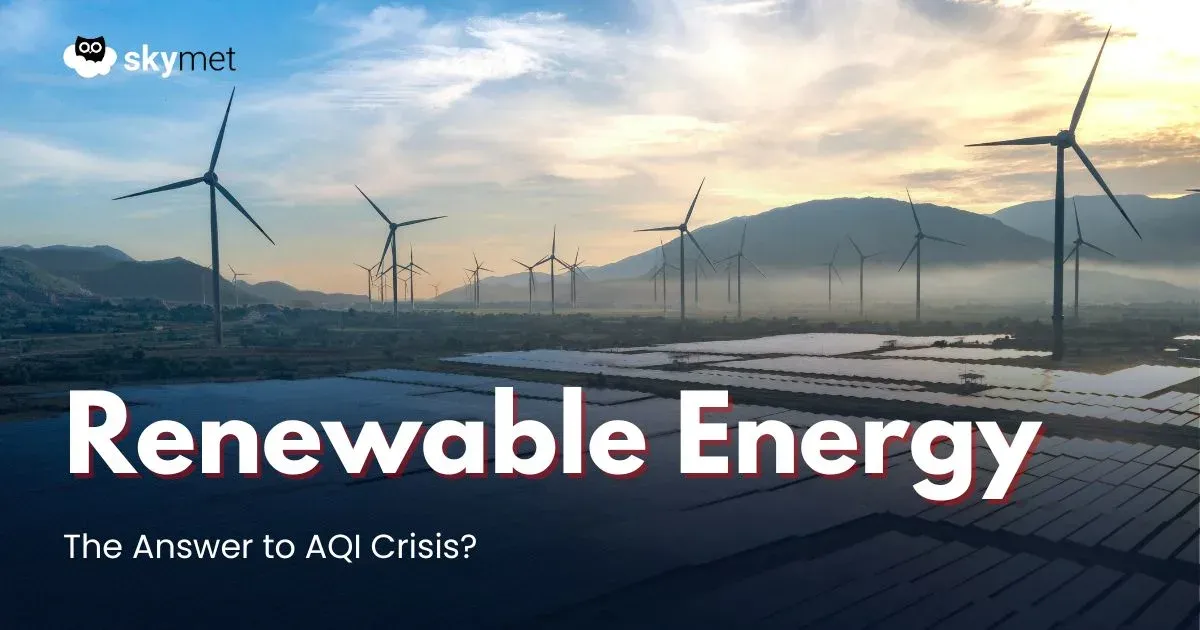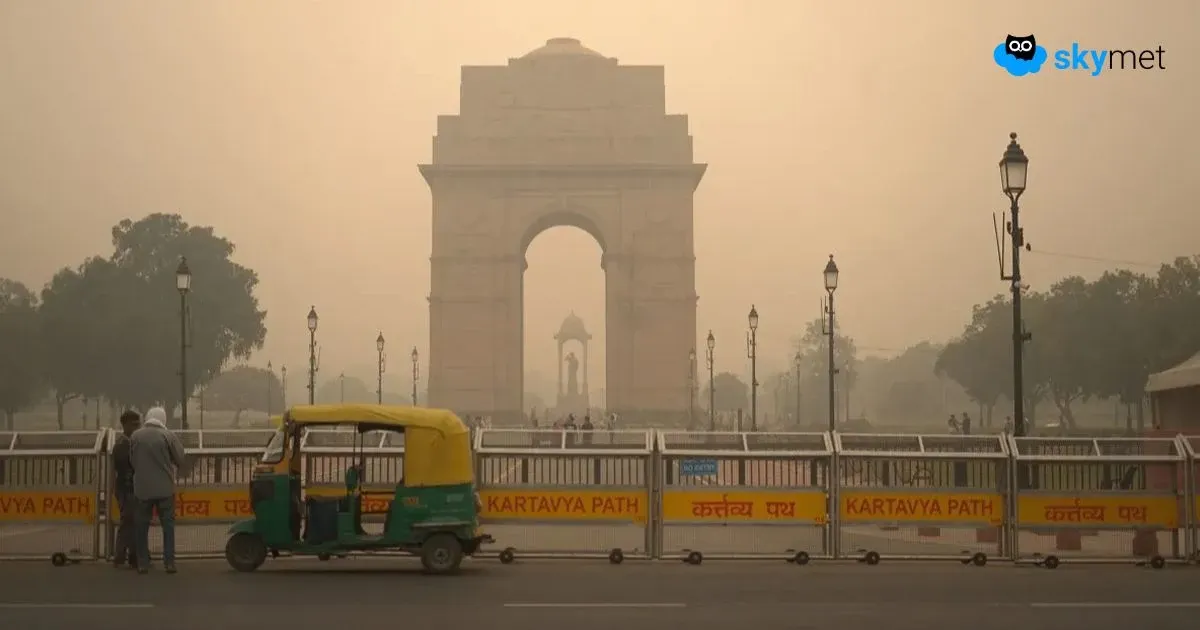Space Junk's Shadow: Are Rocket Emissions and Debris Worsening Climate Change? New Studies Uncover Troubling Links
Explore the growing space junk crisis and its potential climate impact. New research links rocket emissions like aluminium oxide and satellite debris to ozone depletion and atmospheric changes. Learn how this affects weather patterns.
Introduction: A New Frontier of Environmental Concern
We're in a new space race, launching more rockets and satellites than ever for global internet, research, and more. But this progress comes with a potential environmental cost. Beyond the risk of collisions with "space junk," pollution from launches and satellites burning up on re-entry might be harming our upper atmosphere and impacting climate change.
Rocket Trails: Emissions and Their Atmospheric Footprint
Rockets release pollutants like aluminium oxide, black carbon (soot), chlorine, and nitrogen oxides (NOx) high into the atmosphere. In the stratosphere, these pollutants can persist for years.
Recent studies raise alarms and (Ryan et al. (2022)) have found rocket pollution could undermine ozone layer recovery, with black carbon having a climate-warming effect 500 times more potent than surface sources. Some research also projected significant ozone depletion from future launch scenarios. Worryingly, specific regulations for these emissions are lacking.
Falling from Orbit: The Atmospheric Impact of Lingering Debris
Satellites burning up on re-entry ("design to demise") also pollute, and re-entry alumina could soon rival meteor dust, potentially altering atmospheric temperatures and winds. (Maloney et al. (2025)) Research showed that alumina catalytically destroys ozone for decades, projecting a 646% increase in atmospheric alumina release from planned constellations. Some research papers have also found metals from spacecraft already contaminating ~10% of stratospheric particles, a figure expected to rise sharply.
The Potential Climate Connection
This pollution impacts the climate in two main ways. First, it depletes ozone: alumina and black carbon provide surfaces for ozone-destroying reactions, while chlorine and NOx directly attack ozone, threatening the progress made under the Montreal Protocol. Second, it alters Earth's energy balance: alumina reflects sunlight (cooling), while black carbon absorbs it (warming the stratosphere). Unlike temporary volcanic effects, this is a chronic and growing.
Why It Matters for Weather and Climate
Changes high up can affect weather patterns below. Altered stratospheric temperatures and circulation can influence the polar vortex and jet streams, potentially shifting storms and extreme weather. Ozone loss increases harmful UV radiation. Changes to Earth's reflectivity impact the global energy budget.
Conclusion and Outlook
Space activity offers benefits but carries environmental risks. Rocket emissions and satellite re-entry pollute the upper atmosphere, impacting ozone and potentially the climate. Mitigation requires cleaner fuels, active debris removal, sustainable satellite disposal, and better regulations. More research and international cooperation are vital, and ensuring a sustainable future in space demands proactive stewardship now.


















